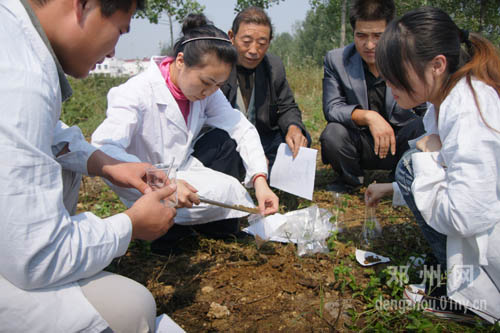Recent Categories
Recent Posts
Post Archive
Catogery Tags
Connect With Us
-

Humic Acids Used for Hydroponics
In hydroponics helps the environment humic acid supplementation offers many of the same benefits to plants that it does in a soil culture. Because hydroponics is performed in an enclosed environment it is possible to specifically target plants with a minimum of waste. By adding humic acid in hydroponic preparations, to the nutrient reservoir will…
-

Humic substance
Humic substances, such as those listed in the above title, play a vital role in soil fertility and plant nutrition. Plants grown on soils which contain adequate humin, humic adds (HAs), and fulvic adds (FAs) are less subject to stress, are healthier, produce higher yields; and the nutritional quality of harvested foods and feeds are superior.…
-

Humus and Humic Acid
Humus Humus is the end product of the microbial decay of organic matter. Humus contains both humic and non-humic material. Humus is relatively stable and fairly resistant to further rapid breakdown. Humus is a tremendous food source for soil microflora. Components of humus are oxidized or mineralized and then utilized by plants. Humus is now…
-

Leonardite and Humic Acid
Leonardite It is theorized that Leonardite shale originated from trees and other vegetation, which grew during the carboniferous period when most of North America was a tropical type forest. Over the ages, the vegetation underwent compaction and heating, slowly carbonizing and forming coal. Through this compaction, organic acids and esters present in the vegetation were…
-

Humic Acids Function
Largely promote the buffering power and fertility of soil by improving the structure. In sandy soil, humic acid will help to increase fertility of soil through its cation exchange capacity to retain water and beneficial micro nutrient .In heavy and compact soil ,Humic acid will work with fungi to construct a crumb structure root to…
-

Humic acid and its origin
Humic acid and its origin Organic matter ,humic substance,humic acid ,humate and fulvic acid are closely related,all are come from the natural process of decaying plants and animals body.Organic matter is defined that all the organic substance in the soil with Hydrocarbonated base(containing hydrogen, carbon and oxygen).Humic substance is pure substance from process of humification…








